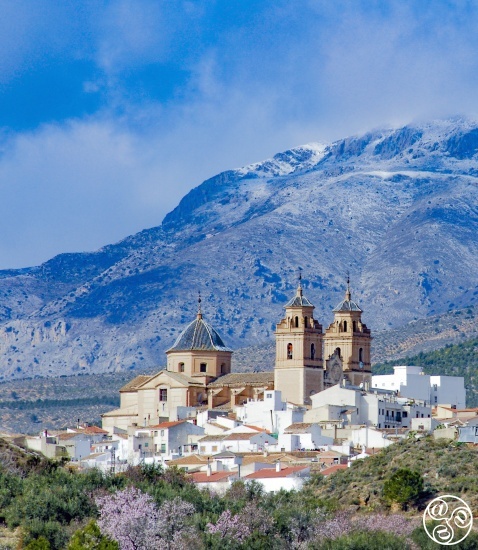HISTORY OF VÉLEZ RUBIO
The town’s current location dates from the late fifteenth century and is due to the abandonment of the old city located on a hill to the south called Castellón.
Although no specific Upper Paleolithic sites have been found, the settlement of this area has been known since this time. From the Neolithic period there is the Cerro de Los López site, with the existence of cabins, pottery and tools. There are also local deposits from the Copper and Bronze Age.
Roman influence throughout the district, stems from its location being near an important Roman road – this is often incorrectly referred to as Via Augusta, but is certainly recorded in in the Antonine Itinerary II. The Roman road passed through Eliocroca (today’s Lorca), Ad Morun (possibly Chirivel) and Basti (Baza).
During the Moorish period the town was known as, Velad al-Ahmar, and was part of the Cora de Tudmir. In Nasrid times, Vélez Rubio was near the border between the Christian Kingdom of Murcia and Moorish Taifa of Granada In the old settlement of Castellón, a border surveillance system was formed between Velad al-Hamar and the watchtowers of Charche and Fuente Alegre.
With the Christian conquest in 1488, the town was permanently incorporated into the Crown of Castile and the Duke of Alba took possession of its castle. Later it formed part of the Marquesado de Los Vélez. The original settlement was abandoned and at the beginning of the sixteenth century around the Iglesia de San Pedro (church) and the small fortress of Castillico, the new nucleus was being formed. During the eighteenth and nineteenth centuries brought on the greatest urban development.
